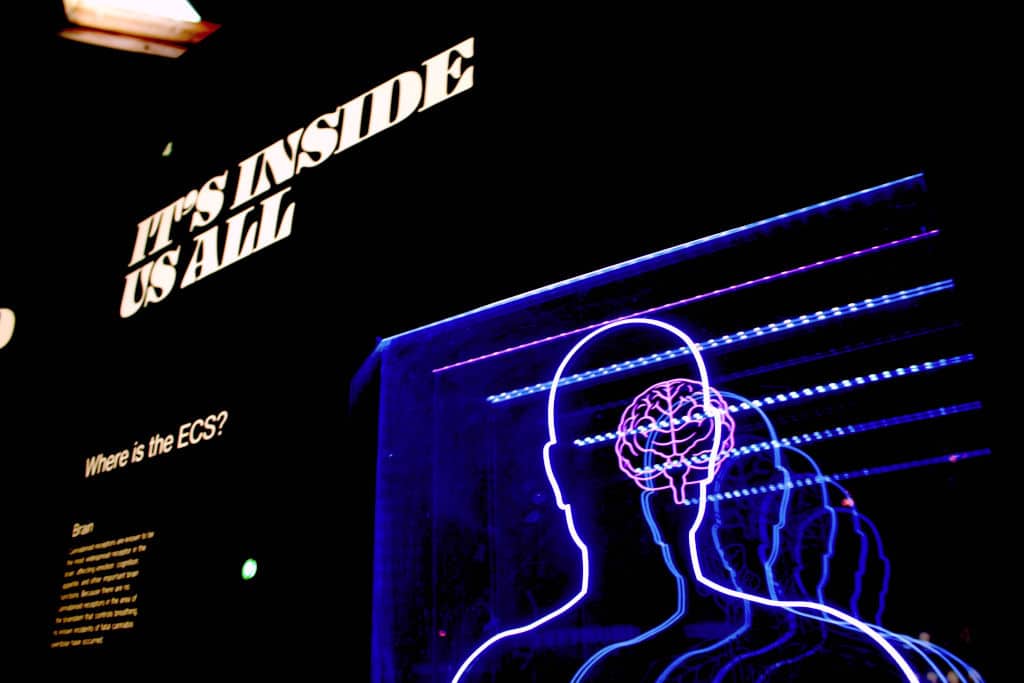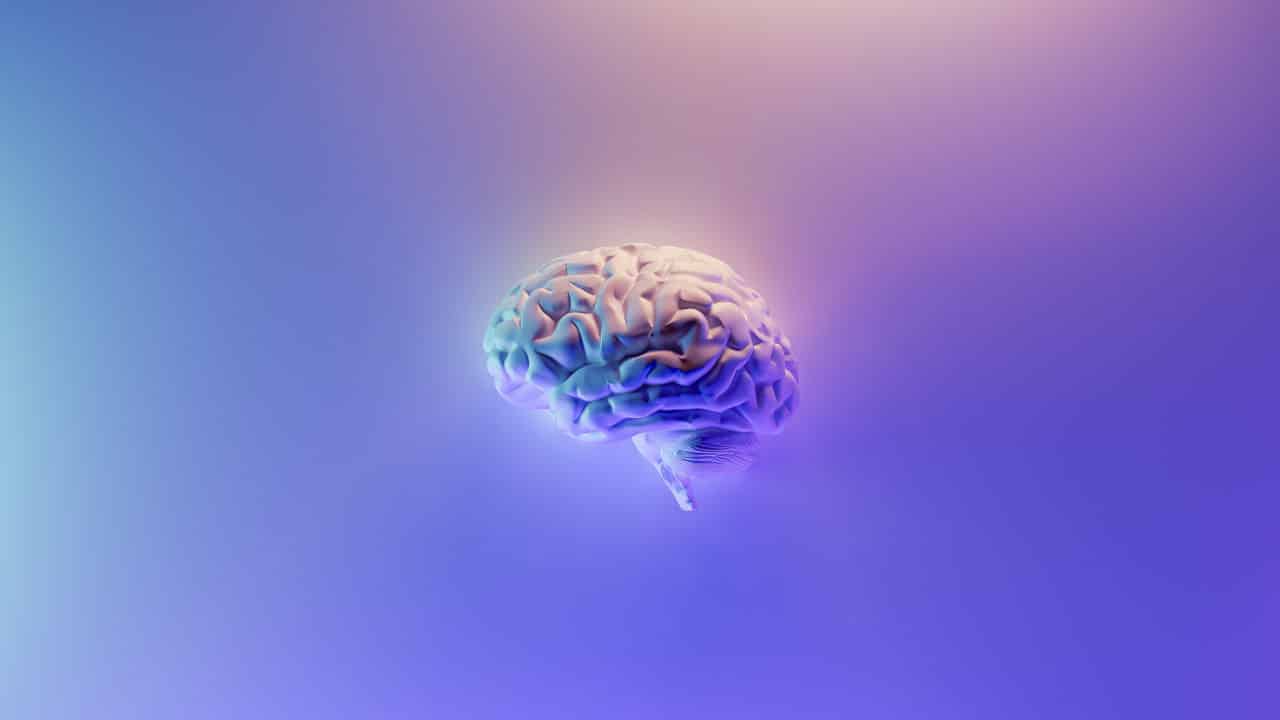The somatosensory cortex is a part of the human anatomy that cannot be replaced as it helps in the transmission of sensory information all over the body.
According to an article by Simply Psychology, the somatosensory cortex was defined as “a region of the brain which is responsible for receiving and processing sensory information from across the body, such as touch, temperature, and pain.”
It is also important in emotional regulation.
This was confirmed by Kropf (2019) in an article where it was stated that “studies conducted in individuals suffering from mental disorders associated with abnormal emotional regulation, such as major depression, bipolar disorder, schizophrenia, post-traumatic stress disorder, anxiety and panic disorders, specific phobia, obesity, and obsessive-compulsive disorder, have found structural and functional changes in the somatosensory cortex.”
Given these, protecting the somatosensory cortex from harm is very important.
Dysfunction of the somatosensory cortex can happen through medical negligence during surgery or medication administration, assault, falls, car accidents, workplace accidents, traffic accidents, construction accidents, and occupier’s negligence.
If incidents like these should arise, causing harm to the somatosensory cortex, the at-fault party can be dragged to court for a serious legal battle.
With the assistance of a qualified and experienced attorney, a phenomenal expert witness, and a professional litigation animation company, it would be easy to win the case and get the appropriate compensation by law.

What Are The Effects Of Somatosensory Cortex Disorder?
Somatosensory cortex disorders are severe since it is a form of brain injury. It can be treated through neuroplasticity and other different types of therapy. Here are the effects of somatosensory damage:
- Numbness
A person suffering from somatosensory cortex damage can experience numbness, tingling, or prickling sensations in different body parts.
This may seem mild until the person is unable to feel hot and cold sensations. If this occurs, a person can be directly in contact with an extremely hot object and not pull away, thus leading to chronic burns injury. The numbness is usually felt at the opposite part of the body in which the damage is located.
- Agraphesthesia and tactile agnosia
According to an article by Operative Neurosurgery, agraphesthesia is defined as “a disorder of directional cutaneous kinesthesia or disorientation of the skin’s sensation across its space. It is a difficulty recognizing a written number or letter traced on the skin after parietal damage.”
It was further clarified that “agraphesthesia, or the lack of graphesthesia ability, results from brain damage, particularly to the parietal lobe, thalamus, and secondary somatosensory cortex.”
Tactile agnosia is a condition that is closely related to agraphesthesia.
According to Britannica, it is described as “the lack of ability to recognize objects through touch.
The weight and texture of an object may be perceived, but the person can neither describe it by name nor comprehend its significance or meaning.”
The implication of this condition is not only related to the risk of being unable to recognize objects by touch in a dire condition where everywhere is dark and the eyes cannot be used. It also affects quality interpersonal relationships between friends, romantic partners, and other family members.
- Loss of proprioception
According to an article by Health Line, proprioception was defined as “the body’s ability to sense its location, movements, and actions. It’s why we’re able to move freely without consciously thinking about our environment.”
If there is a loss of proprioception, walking, maintaining balance, reaching out, and other activities of the hand may become increasingly difficult or nonexistent.
This can lead to both short-term and long-term disabilities.
Litigation Animation in Somatosensory Cortex Dysfunction Cases
If somatosensory cortex dysfunction persists, disability would be unavoidable. This can, in turn, affect a person’s working capabilities and thus lead to a loss of future earnings.
When somatosensory cortex disorder results from another person’s action or omission act, the case can be taken to the court of law for proper justice to be administered.
In this kind of situation, litigation animation can be used to plead the case before the judge and the jury.
For the efforts made towards the case to be justified, it is crucial to employ the service of a qualified attorney, a brilliant litigation animation company, and experienced medical personnel as an expert witness.






